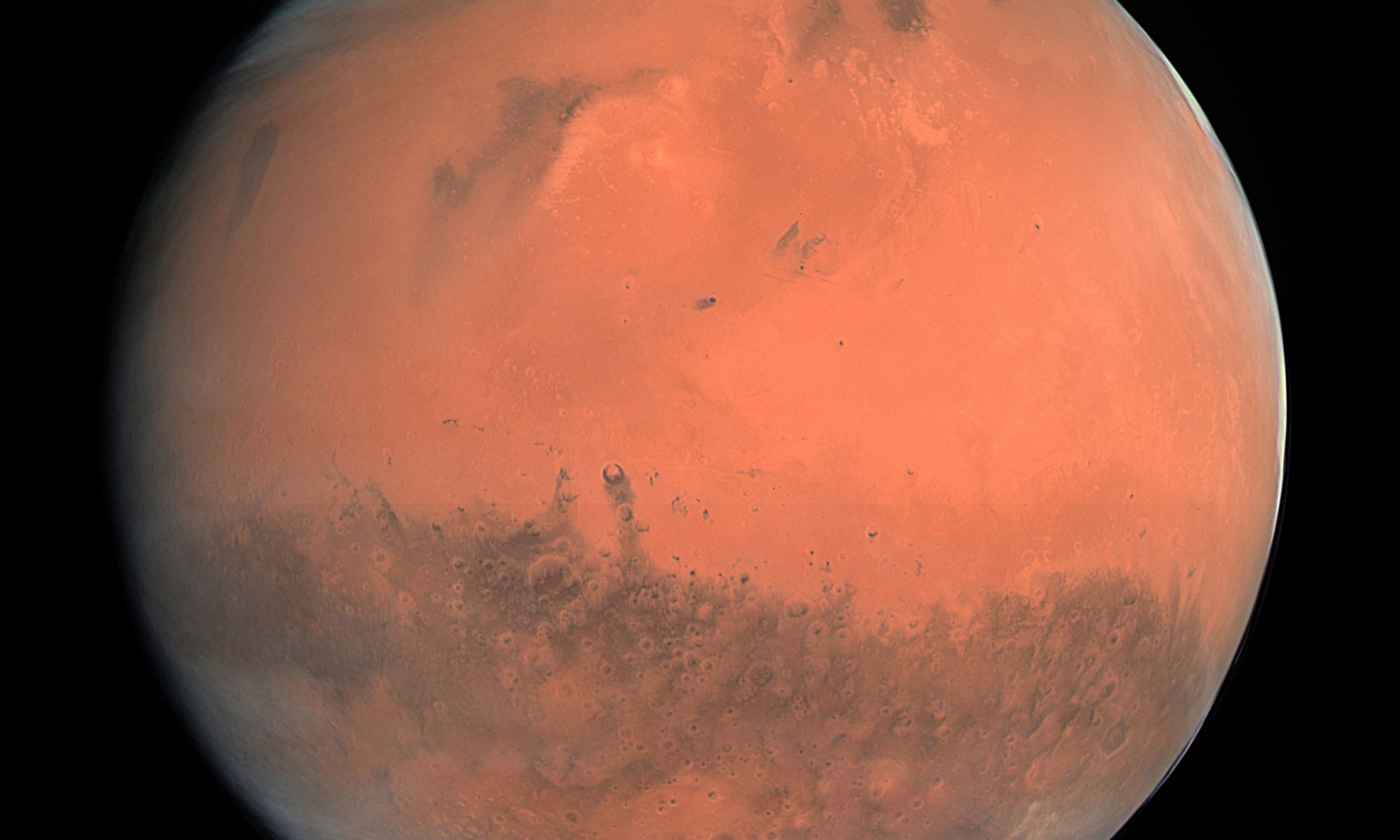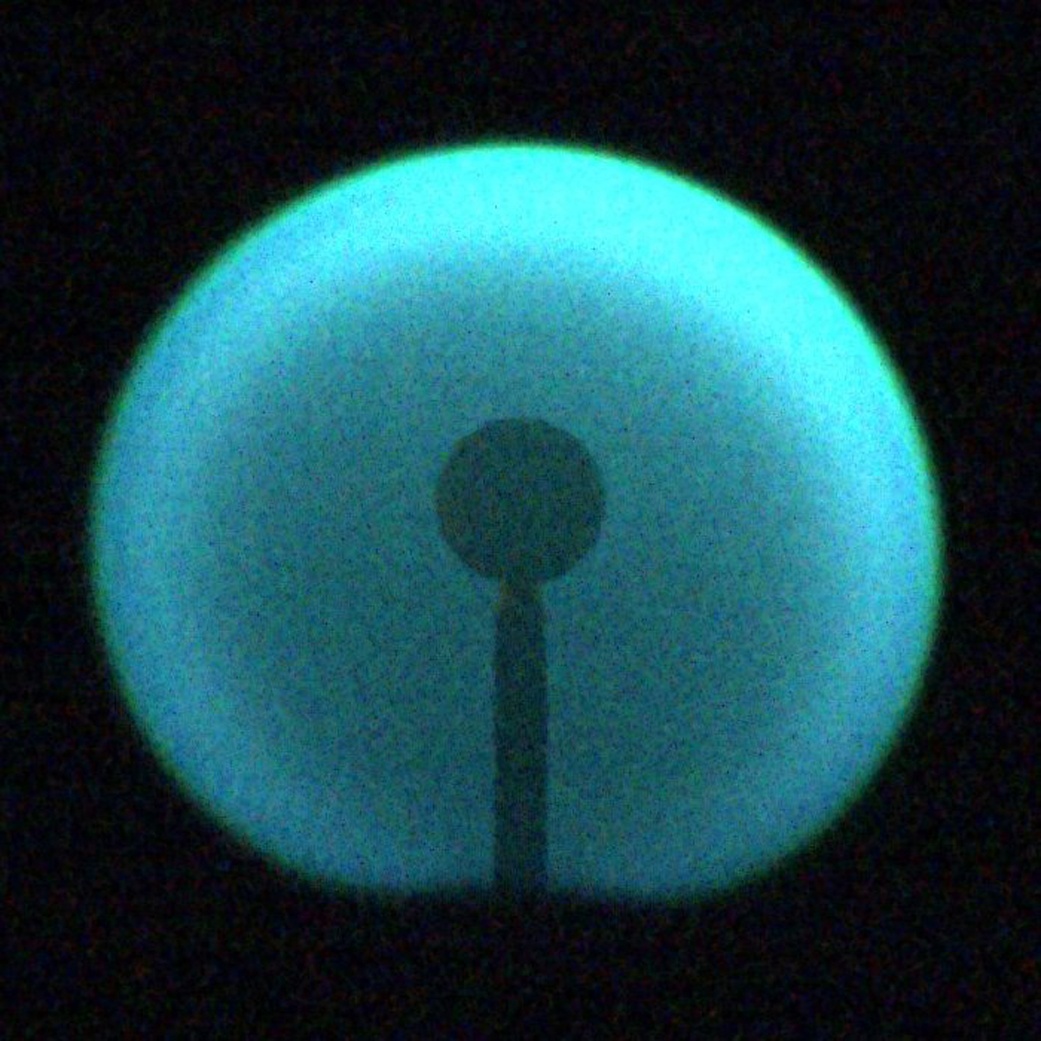In a recent study published in Space Physics, an international team of researchers discuss an in-depth study examining the long-term physiological effects of solar radiation on astronauts with emphasis on future astronauts traveling to Mars, to include steps we can take to help mitigate the risk of such solar radiation exposure. The researchers hailed from the United Arab Emirates, New Zealand, India, United States, Italy, Greece, and Germany, and their study helps us better understand the in-depth, long-term health impacts of astronauts during long-term space missions, specifically to Mars and beyond.
Continue reading “Astronauts Going to Mars Will Receive Many Lifetimes Worth of Radiation”Fire Acts Strangely in Microgravity. Astronauts Have Lit More Than 1,500 Fires on the Space Station to Figure Out Why
Ever since childhood, we were all told to never play with fire. Despite it being relevant to our everyday lives, to include heating our homes and water, cooking our food, producing electricity, and more, fire is extremely dangerous. We were all indoctrinated more with how to put out fires instead of how to start one. We’ve all been told about its destructive properties if mishandled, and that fire needs to be controlled. One of the perks of adulthood, and especially being a scientist, is you get paid to play with fire. Despite fire’s complexities, there’s still a lot we don’t know about its behavior. With more and more of humanity traveling to space and living in microgravity, it’s important to learn about how fire behaves in this unique environment to better prepare ourselves for worst case scenarios. But what if we could also control fire so it’s not as dangerous and less destructive to the environment back here on Earth?
Continue reading “Fire Acts Strangely in Microgravity. Astronauts Have Lit More Than 1,500 Fires on the Space Station to Figure Out Why”Astronaut Jessica Watkins Floats Above the Earth in the Space Station’s Cupola
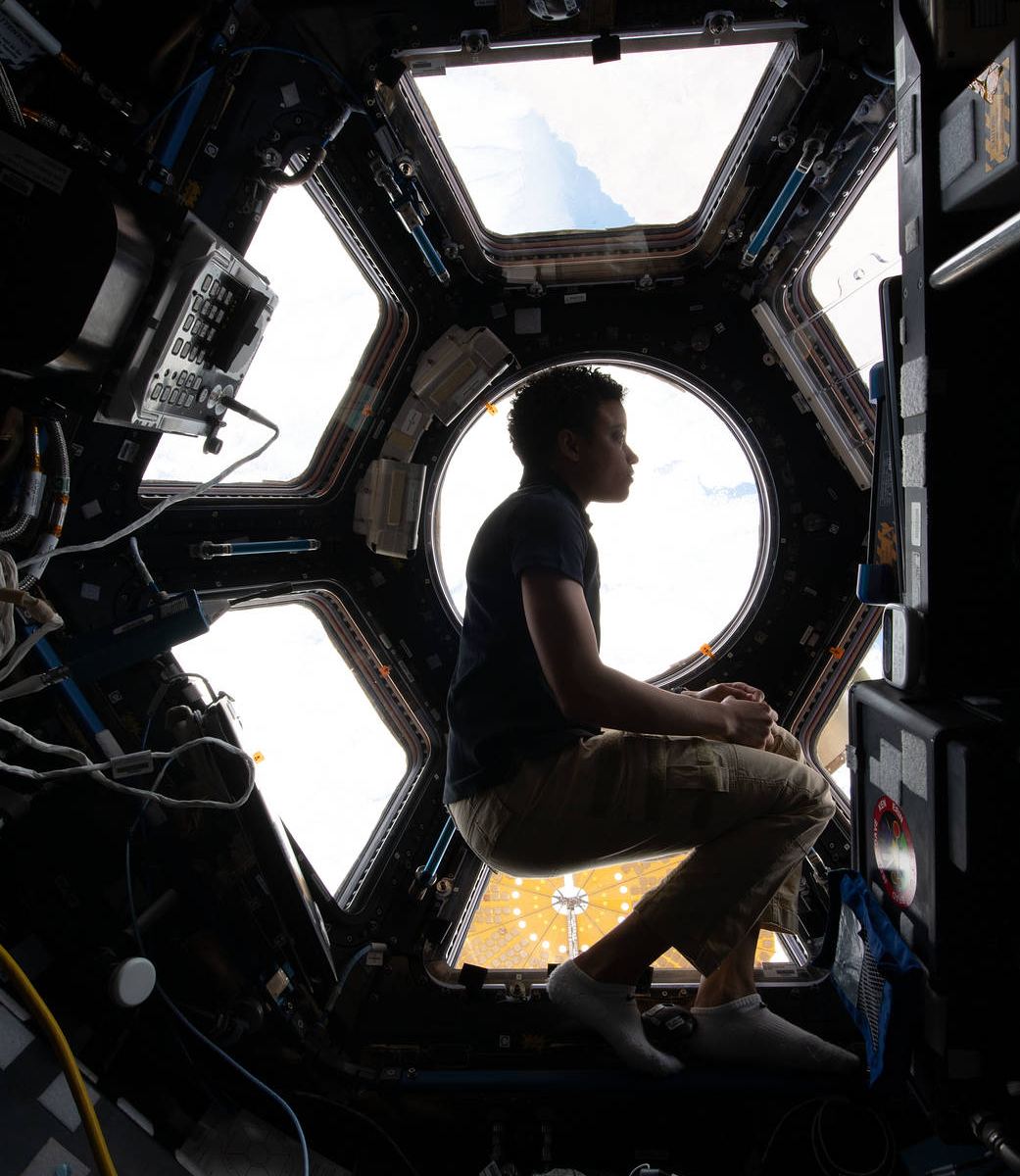
NASA astronaut Jessica Watkins is seen here floating above Earth in the International Space Station’s cupola, which provides a spectacular viewing spot for those who live and work on the space station.
Continue reading “Astronaut Jessica Watkins Floats Above the Earth in the Space Station’s Cupola”Watch What Happens to Astronauts When the International Space Station Gets an Orbital Reboost
This is reminiscent of going down slide on the playground – and then immediately getting back in line to go down again. Except in space.
Here’s what it looks like on board the International Space Station when thrusters fire for an orbital reboost. While it seems like the astronauts are moving inside the station, in in reality it is the Space Station that is moving around them. And in actuality, the acceleration doesn’t happen this fast – the video is sped up eight times. But it still looks like fun!
Continue reading “Watch What Happens to Astronauts When the International Space Station Gets an Orbital Reboost”Crew-4 is off to the Station
Name someone who at some point in their life didn’t want to be an astronaut. The answer is no one. Ask any kid what they want to be when they grow up and they all say an astronaut. Being an astronaut is the ultimate dream job for everyone of all ages. Why? Because you get to go to space, and there’s nothing cooler than going into space. For context, even if you’re not a sports fan you have watched the Super Bowl at least once in your life. It is one of the most watched and most lauded sports championship games in the entire world, and yet despite all its media attention and halftime shows and all-time great finishes, the Super Bowl still holds a candle to being able to go to space. Eat your heart out, Tom Brady. Going into space is just awesome, and there’s nothing like it.
Continue reading “Crew-4 is off to the Station”Stunning Image of ISS Taken From the Ground Shows two Spacewalking Astronauts
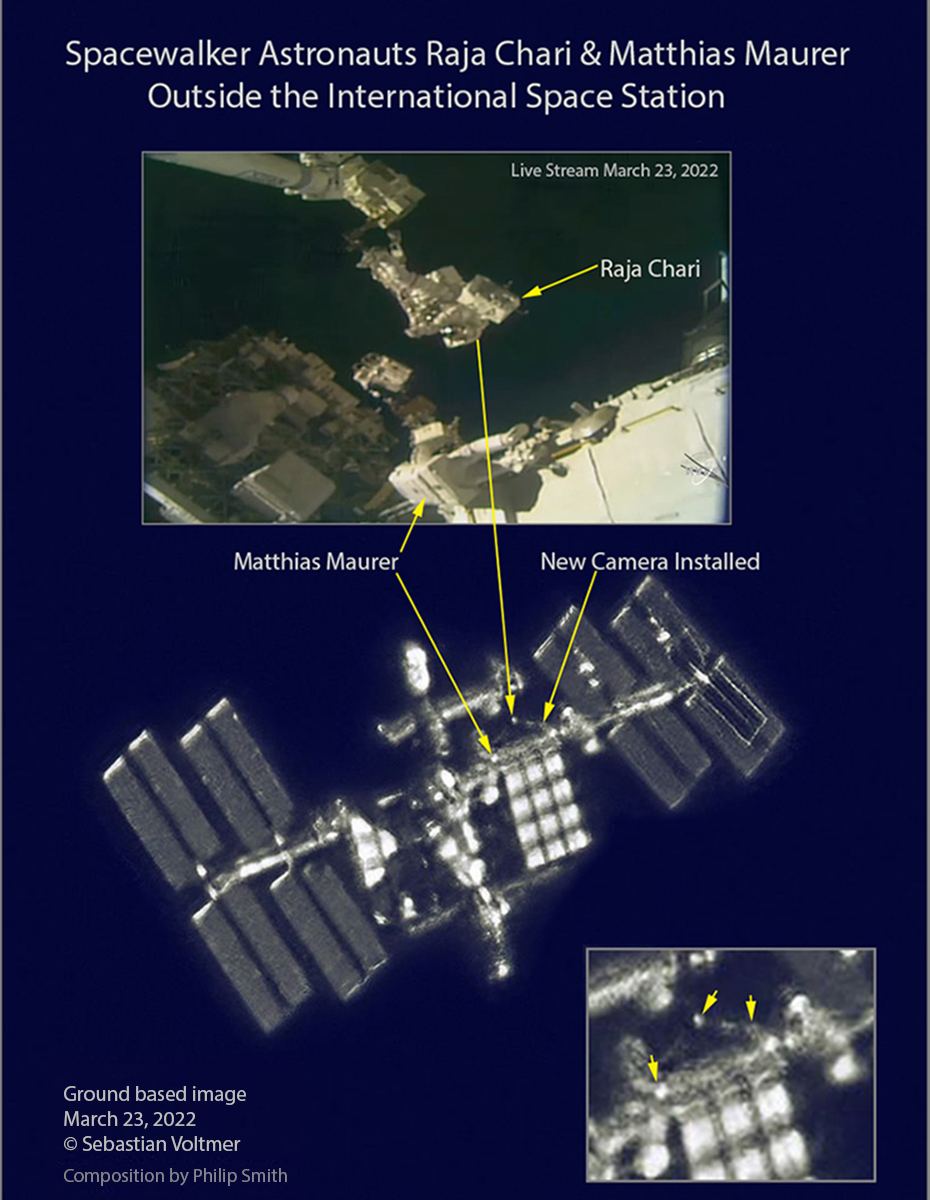
In our age, we’ve grown accustomed to pictures of astronauts inside the International Space Station, as they float in zero-G and tend their science experiments. We’re even getting used to images of spacewalking astronauts. But this is something new.
An image of two astronauts on a spacewalk, taken from the ground.
Continue reading “Stunning Image of ISS Taken From the Ground Shows two Spacewalking Astronauts”There are Natural Features on Mars That Could Serve as Radiation Shelters
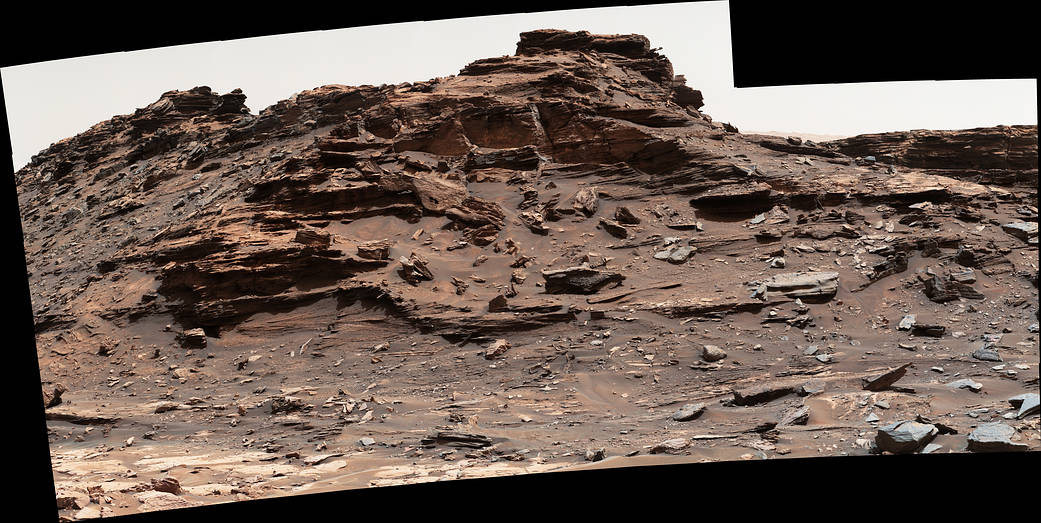
Mars is bombarded with radiation. Without a protective magnetic shield and a thick atmosphere like Earth’s, radiation from space has a nearly unimpeded path to the Martian surface. Our machines can roam around on the surface and face all that radiation with impunity. But not humans. For humans, all that radiation is a deadly hazard.
How can any potential human explorers cope with that?
Well, they’ll need shelter. And they’ll either have to bring it along with them or build it there somehow.
Or maybe not. Maybe they could use natural features as part of their protection.
Continue reading “There are Natural Features on Mars That Could Serve as Radiation Shelters”Report Suggests That Astronauts Shouldn’t get More Than 600 Millisieverts of Radiation Exposure During Their Career. We get 2-3 a Year Down Here on Earth
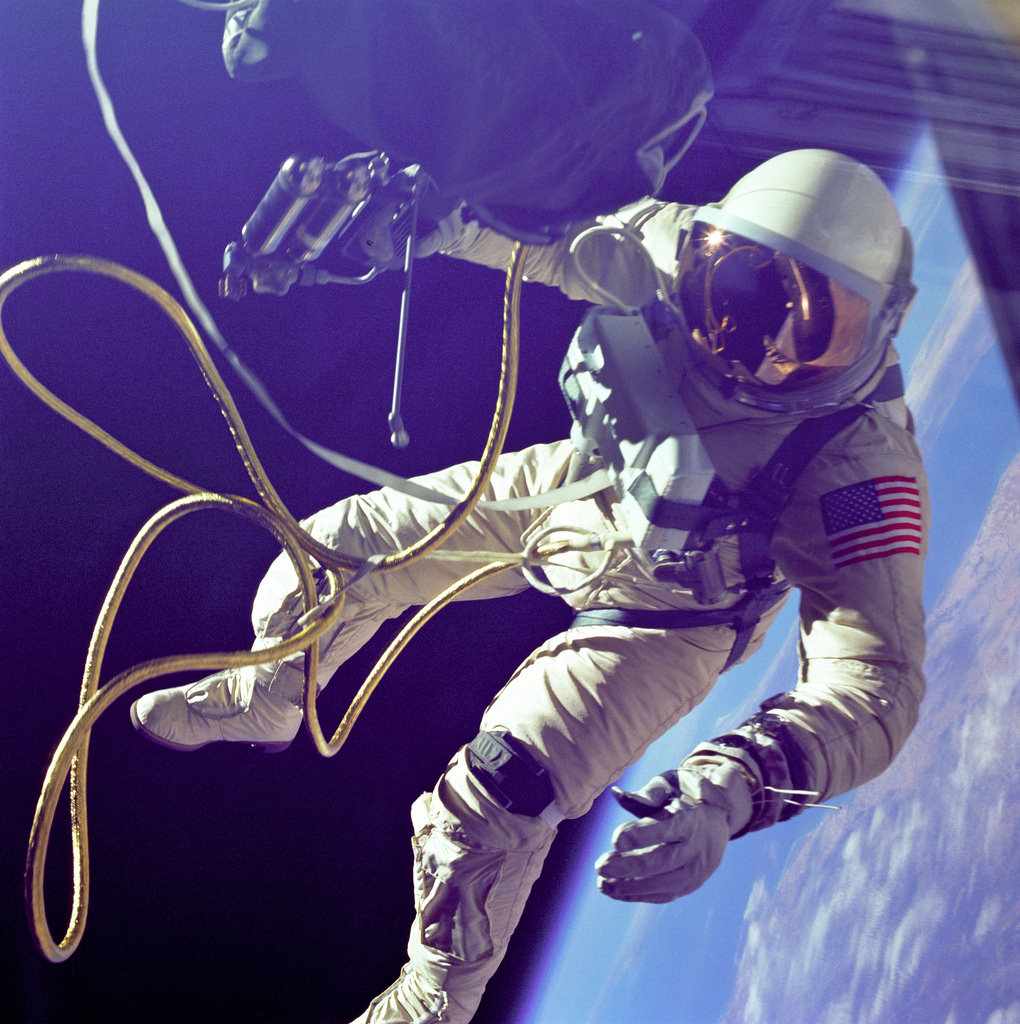
Space may be pretty, but it’s dangerous. Astronauts face a much higher dose of ionizing radiation than us Earth-bound folks, and a new report says that NASA’s current guidelines and risk assessment methods are in serious need of an update.
Continue reading “Report Suggests That Astronauts Shouldn’t get More Than 600 Millisieverts of Radiation Exposure During Their Career. We get 2-3 a Year Down Here on Earth”Since There’s no Up or Down in Space, How do our Brains Deal With This?
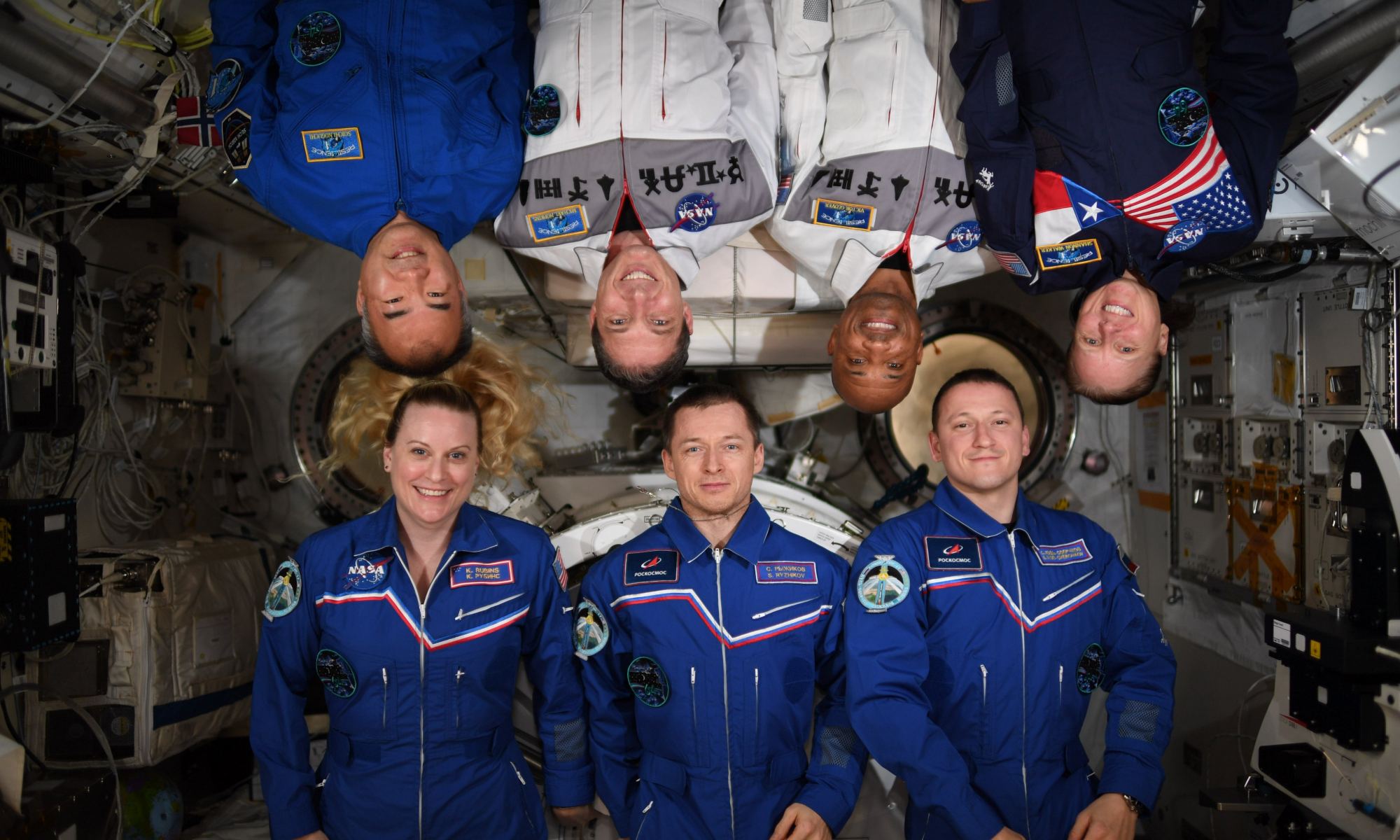
Astronauts and cosmonauts in space have reported spatial disorientation problems, where they find it hard to get a sense of direction, or distinguish between what might be considered “up” or “down.” This is called “Visual Reorientation Illusions” (VRIs) where the spacecraft floors, walls and ceiling surfaces can suddenly exchange subjective identities.
An extreme example of this came when one shuttle astronaut reported feeling like the room was rotating around him when he opened his eyes one morning. Other astronauts have reported briefly not knowing where they were during a spacewalk.
Continue reading “Since There’s no Up or Down in Space, How do our Brains Deal With This?”Weekly Space Hangout: October 7, 2020, Dr. David Warmflash Discusses Mixed-Reality Surgical System
This week we welcome back to the show Dr. David Warmflash. Since he was last with us, David has been named as Co-Principal Investigator and Medical Director for a new NASA Small Business Innovation Research (SBRI) Phase I study titled “Mixed-Reality Holographic Training System to Enable High-Value Surgical and Complex Medical Procedures by Astronauts.” This study, managed by the New Jersey-based Mgenuity Corporation with collaboration from Oregon Health Sciences University (OHSU), aims to develop a system to guide astronauts through surgical and medical procedures on Exploration Class missions.
Continue reading “Weekly Space Hangout: October 7, 2020, Dr. David Warmflash Discusses Mixed-Reality Surgical System”
